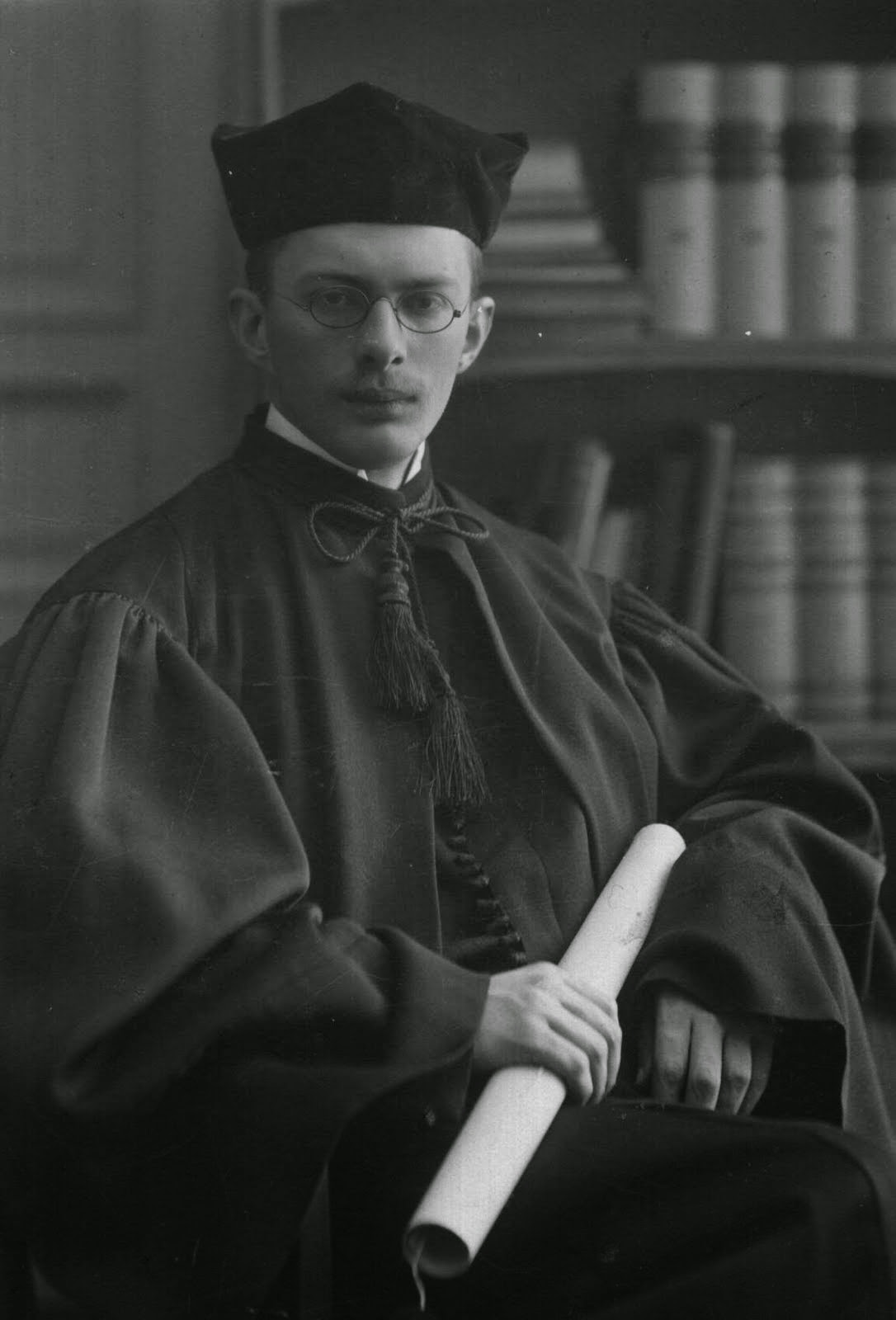Systematic and scientific fieldwork was pioneered by Radcliffe-Brown who was a student of Rivers and Haddon. His study of the Andaman islanders, conducted from 1906 to 1908, was the first attempt by a social anthropologist to investigate sociological theories in “a primitive society and describe the social life of a people in such a way as to bring out clearly what was significant in it for those theories.
Even today, sociologists like Robert K. Merton and Talcott Parsons borrow from the conceptual framework developed by Radcliffe-Brown. Later on, Malinowski joined Radcliffe-Brown to establish and strengthen the fieldwork tradition.
Malinowski was a pupil of Hobhouse, Wester- mark and Seligman. “If Radcliffe-Brown has always had a wider knowledge of general social anthropology and has proved himself the abler thinker, Malinowski was the more thorough fieldworker.
ADVERTISEMENTS:
He not only spent a larger period than any anthropologist before him, and also after him, in a single study of a primitive people, the Trobri- and islanders of Melanesia between 1914 and 1918, but he was also the first anthropologist to conduct his research through the native language, as he was the first to live throughout his work in the centre of native life.”
Under these favourable circumstances, Malinowski came to know the Trobriand islanders well, and he described their social life in a number of bulky, and some shorter monographs up to the time of his death.
The tradition of conducting fieldwork as is done today draws directly or indirectly from Malinowski, for he insisted that the social life of a primitive people can only be understood if it is studied intensively, and that it is a necessary part of a social anthropologist’s training to carry out at least one such intensive study of a primitive society.
ADVERTISEMENTS:
It was at the inspiration provided by Radcliffe-Brown and Malinowski that fieldwork method becomes a popular source of generating data from the primitive societies. By the beginning of the 20th century a flood of researches on primitive people came from India and Africa. By then fieldwork had been established as a dependable anthropological method.
In Africa, there were thousands of groups which claimed political autonomy. Study of these political groups was conducted exclusively by fieldwork methodology. The first study of this kind was done by Mrs. Seligmen in 1909-10. It was followed by the study of Evans-Pritchard who concentrated on the intensive study of Azande tribe of Sudan.
This study began in 1927. “Since then most intensive studies of primitive peoples have been made in Africa, and political institutions have received the attention they require.”
For instance, Schapera studied Bechuana, Forbes gave an account of the Tallensi of the Gold Coast, Nadel brought out a monograph on the Nupe of Nigeria, Kuper provided an account of Swazi, and Evans-Pritchard gave a lucid description of the Nuer.
ADVERTISEMENTS:
Coming to India the tradition of field- work came at a later stage, after the Second World War. H.S. Risley, J.H. Hutton, W.V. Grigson, W.W. Hunter and others admittedly prepared ethnographic accounts of the tribals but they did not have any fieldwork tradition.
It was just desk work done by them by collecting information from their loyal ‘servants’. The real and authentic field- work is of recent innovation in India’s social anthropology. On the classical fieldwork done by Indian anthropologists, mention may be made of Iravati Karve, Verrier Elvin, M.N. Srinivas, Andre Beteille and others.

